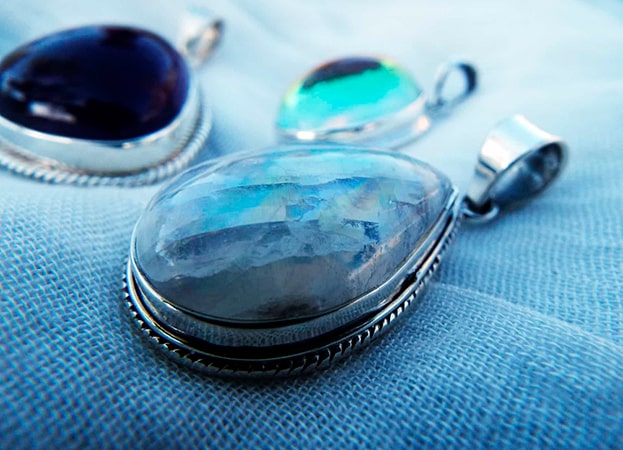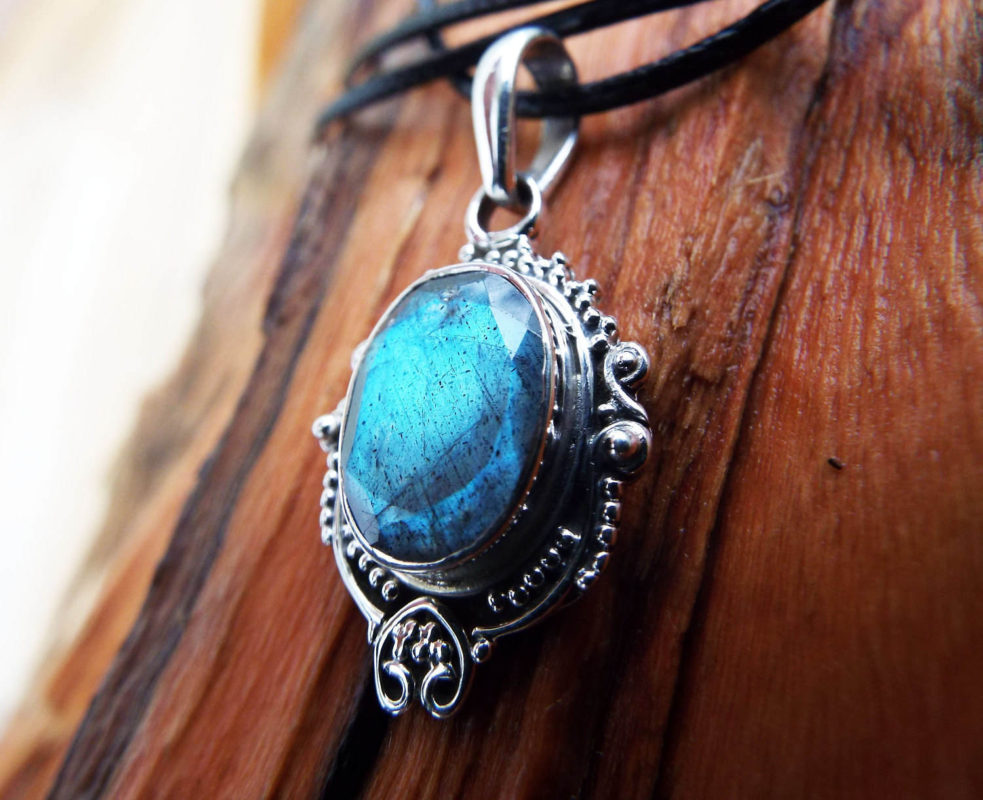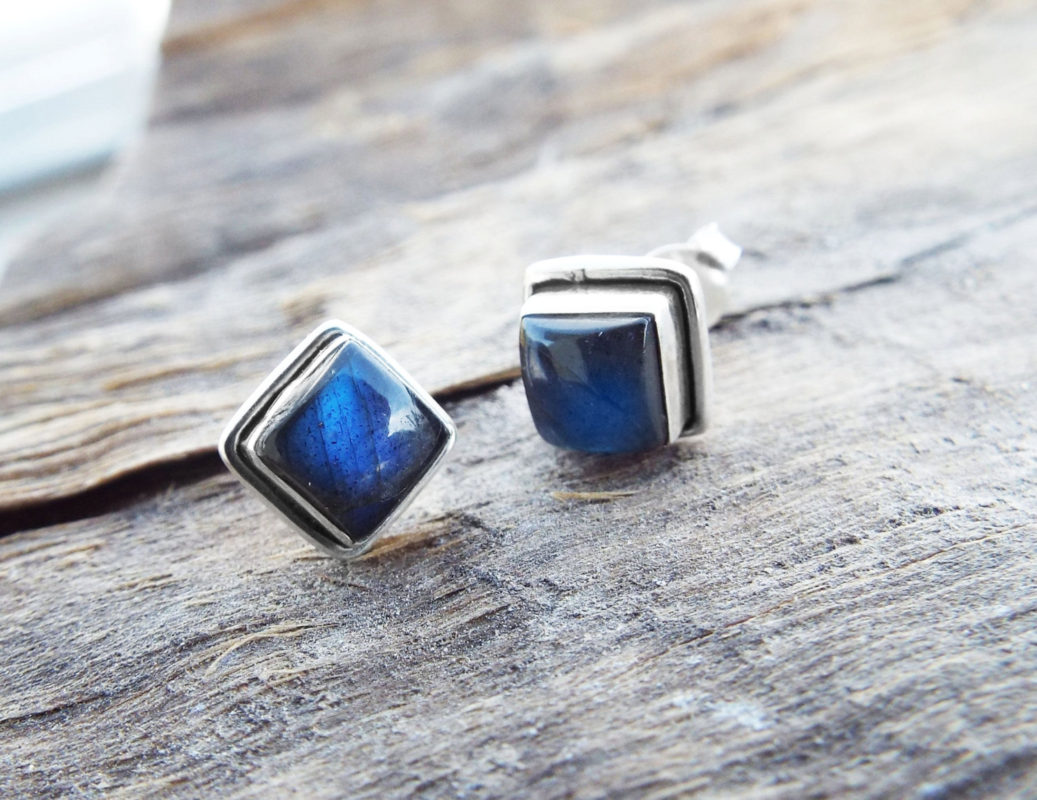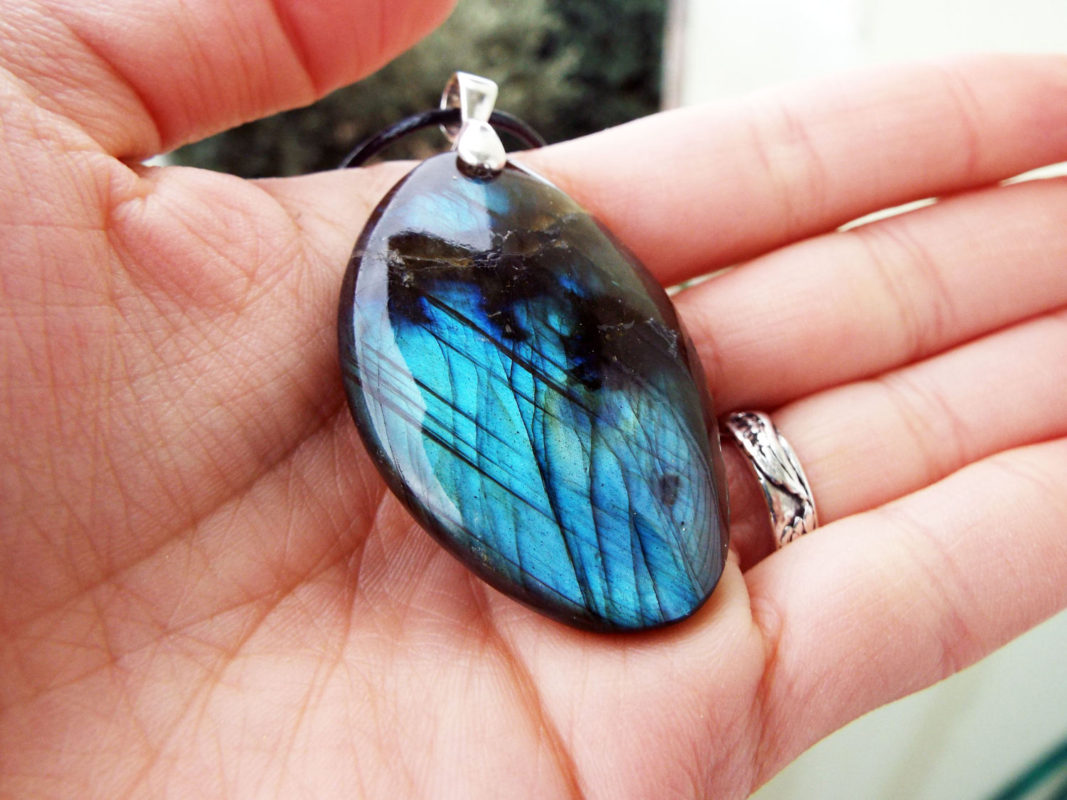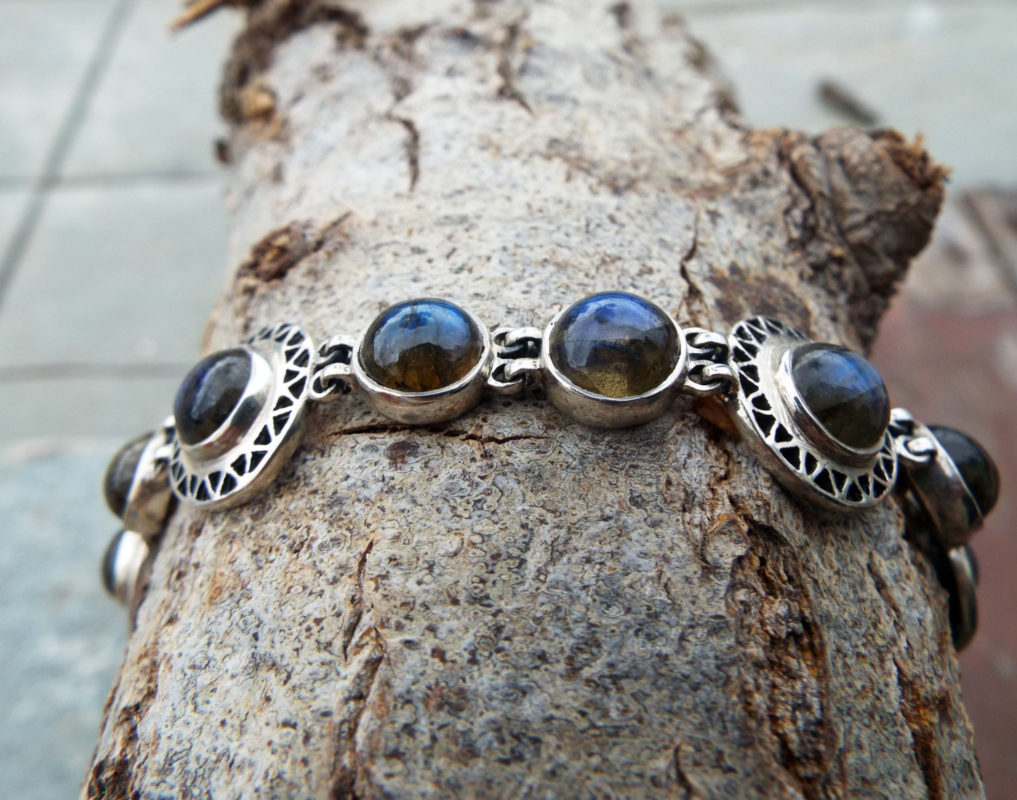Crystals, Uncategorized
Labradorite – ” The Black Moonstone “
The Labradorite crystal properties remind us to keep it magical by linking us to the spirit world, a dimension where anything is possible. Other stones keep us anchored to the earth with their powerful grounding effects while Labradorite encourages us to keep our head in the clouds. Your Labradorite crystal stone inspires you to reach for the stars in your quest for a higher consciousness. It bridges the gap between the heavens and physical reality so that your dreams and aspirations don’t seem out of reach. In this way, a Labradorite crystal is one of the most powerful stones that can support your intentions by encouraging you to go after what you truly want without placing any limits on what you can achieve.
Labradorite opens your eyes to the magic and possibilities that surround you…
Labradorite is a popular decorative stone because of its labradorescence, which creates a dazzling optical phenomenon of a blue green to deep blue sheen that shimmers in the light. Other varieties, including rare specimens, offer a stunning rainbow of green, violet, or orange shimmer often referred to as spectralite. Thanks to the parallel formation of mineral inter-growths within its structure, these lights bounce back-and-forth, which creates its distinctive shimmery, ethereal effect. Not only is this visual appearance quite attractive, but it also perfectly represents the energy of the Labradorite crystal healing properties. By guiding you toward the light and out of the darkness, Labradorite opens your eyes to the magic and possibilities that surround you.
Labradorite contains the Northern Lights, known as the Aurora Borealis…
Labradorite crystal gets its name from the town of Labrador, Canada, where the stone was discovered. It only takes one look at Labradorite’s flashy iridescence to understand where the many native legends about this stone come from. According to native Canadian tribal lore, Labradorite is said to contain the Northern Lights, known as the Aurora Borealis. In the myth, it is believed that the lights were “set free” by one of their ancestors who broke through the rocks with his spear. The lights that remained were set into stone, and thus Labradorite was born.
Labradorescence is not a display of colors reflected from the surface of a specimen. Instead, light enters the stone, strikes a twinning surface within the stone, and reflects from it. The color seen by the observer is the color of light reflected from that twinning surface. Different twinning surfaces within the stone reflect different colors of light. Light reflecting from different twinning surfaces in various parts of the stone can give the stone a multi-colored appearance.
